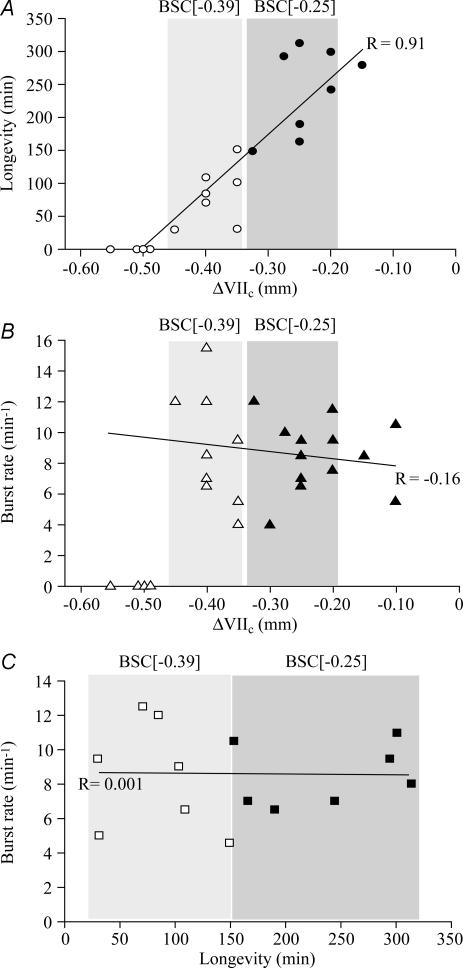Figure 5. Correlation between rostral boundary, longevity and burst rate of cervical rhythm in brainstem–spinal cords.
A, significant (P < 0.01) correlation between the longevity of cervical inspiratory rhythm and rostral boundary (R is correlation coefficient). In contrast, no significant correlations were revealed between burst rates (determined after 10 min of recording) and rostral boundaries (B) or longevity of rhythm (C). Grey areas indicate the two groups of preparations used for the analyses in Figs 3 and 4. Note that preparations with the rostral boundary at −0.50 or more caudal (thus caudal to the proposed preBötC centre) did not show respiratory rhythm (compare supplemental Fig. S4). A and C contain less data points compared to B as longevity was not tested in all preparations.

